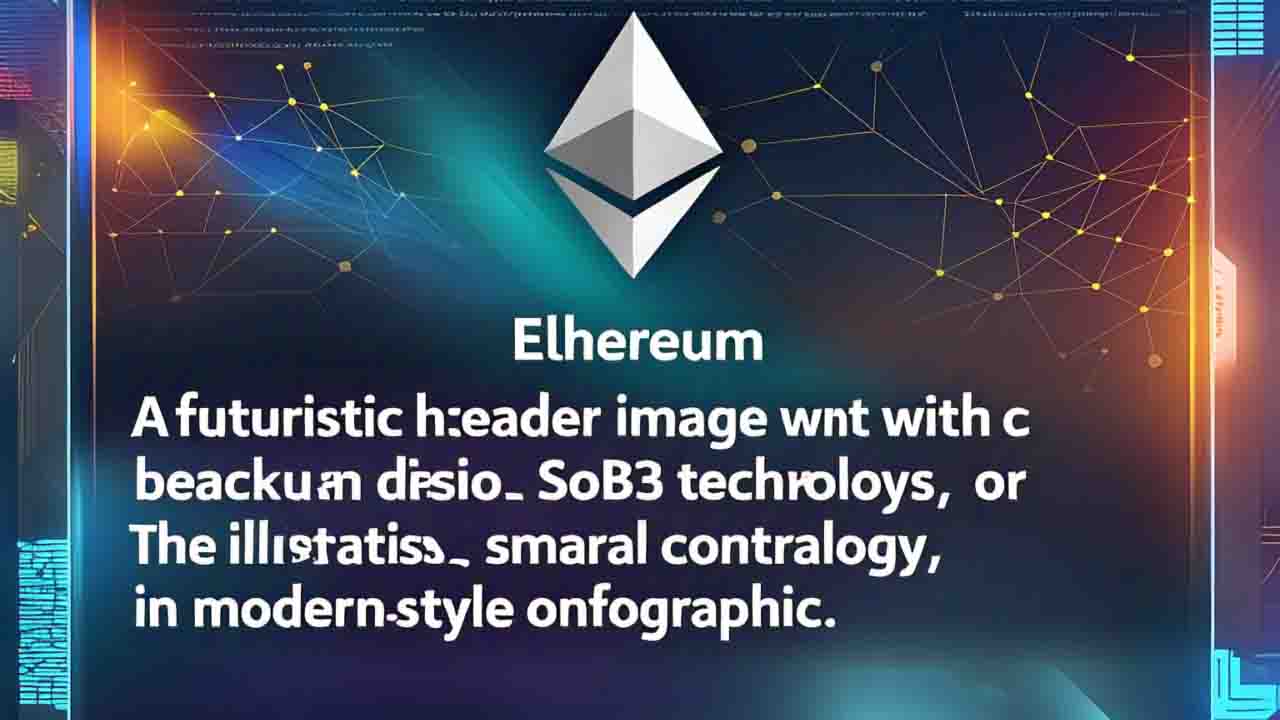
Fastcreasite – As two of the most influential blockchain networks, Ethereum and Solana continue to redefine the digital landscape with their rapid advancements in decentralized finance (DeFi), non-fungible tokens (NFTs), and smart contract technologies. In 2025, both platforms are seeing major updates that push the boundaries of innovation and user experience.
Ethereum and Solana are in a neck-and-neck race when it comes to DeFi development. Ethereum, with its upcoming “Pectra” upgrade, is aiming to dramatically reduce transaction fees and improve scalability through proto-danksharding and enhanced validator performance. This is a major step toward long-awaited improvements in Ethereum’s Layer 1 efficiency, making it more accessible for both developers and users.
Meanwhile, Solana is experiencing a surge in DeFi activity due to its ultra-low fees and high throughput. Projects like Jito and MarginFi have gained traction, pushing total value locked (TVL) on the Solana network to new heights. The ecosystem is expanding rapidly, attracting both institutional and retail interest. The competition between Ethereum and Solana is fueling a wave of experimentation, leading to new lending protocols, yield strategies, and liquidity mechanisms.
“Lady Gaga’s Coachella 2025 Performance: Mayhem Takes”
Ethereum and Solana are no longer just platforms for speculative NFT trading. In 2025, the focus has shifted toward utility and long-term value. Ethereum’s ERC-6551 standard is redefining NFT functionality by allowing tokens to hold assets, perform actions, and act more like on-chain identities. This paves the way for NFTs with real-world use cases, such as digital passports, gaming avatars, and enterprise verification tools.
Solana, on the other hand, has doubled down on speed and user experience. Thanks to its compressed NFTs (cNFTs), creators can mint thousands of NFTs at a fraction of the cost. This is revolutionizing industries like music, gaming, and digital art. New platforms like Tensor are also challenging legacy marketplaces, driving competition and user-first innovation.
Smart contracts remain the foundation of both ecosystems, and the evolution continues. Ethereum and Solana are investing heavily in development tools and interoperability. Ethereum’s integration with zero-knowledge rollups is allowing for more private and scalable smart contracts. These advances are critical as enterprises begin exploring blockchain beyond proof-of-concept stages.
Solana, with its parallel processing model, is enabling complex smart contracts to execute faster and more efficiently. Developers are building more sophisticated dApps with smoother UX, bridging the gap between Web2 and Web3. From DePIN (Decentralized Physical Infrastructure Networks) to real-time trading applications, smart contracts are unlocking use cases previously thought impossible.
“Gwyneth Paltrow’s Sleep Hacks: How to Improve Restful Nights”
Fastcreasite - Fortifying the web against cyber threats is now a top priority for web developers across industries. With the…
Fastcreasite - Subscriptions rise as one of the most resilient models in today’s evolving e-commerce landscape, despite continued global economic…
Fastcreasite - In the fast-paced world of digital marketing, Mastering SEO in 2025 means more than just tweaking keywords and…
Fastcreasite - AI revolutionizing employee management is not just a trend, it’s becoming a fundamental shift in how companies operate…
Fastcreasite - Next-level responsive design is the future of web design, allowing websites to adapt smoothly to various screen sizes…
Fastcreasite - In the fast-evolving world of web development, accelerating web performance has become a top priority for developers and…